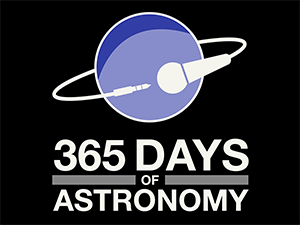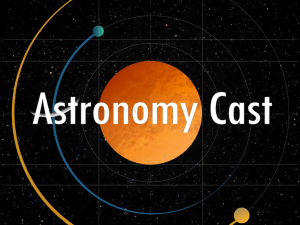
Those of you who have been enjoying the Daily Space for a while may have noticed that our ideas about where elements and molecules come from have been evolving in recent years. One of the biggest changes is the realization that neutron star collisions contribute gold, but new work appearing in The Astrophysical Journal with lead author Andrew Masterson shows that merging neutron stars on their own are not enough to get the job done.
To be fair, every element can be produced in more than one way by nature. In their paper, they try and lay out all the ways the elements from carbon to uranium come to be through new models, and in the process, they point out that with gold, we still have some work to do. According to co-author Kobayashi: For example, we built this new model to explain all elements at once, and found enough silver but not enough gold. Silver is over-produced but gold is under-produced in the model compared with observations. This means that we might need to identify a new type of stellar explosion or nuclear reaction.
We’re getting there with understanding the origins of elements. We’re just not all the way there. Not yet.
More Information
Science in Public press release
“The Origin of Elements from Carbon to Uranium,” Chiaki Kobayashi [1], Amanda Karakas [2, 3] & Maria Lugaro [4, 5, 2], 2020 Sep. 15, Astrophysical Journal (preprint on arxiv.org)



